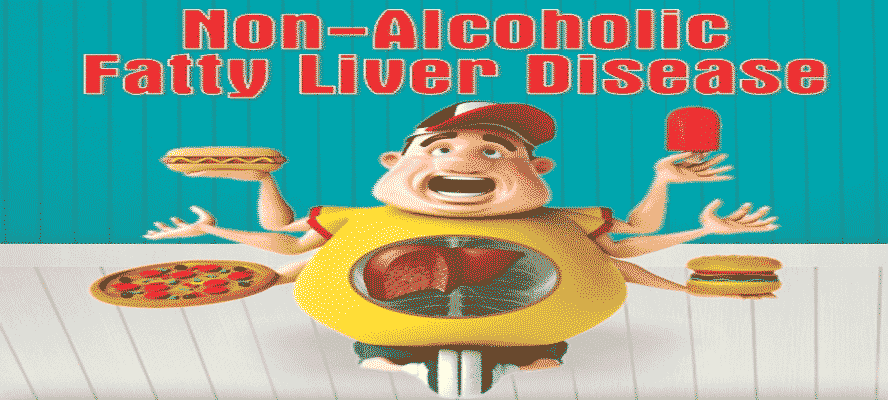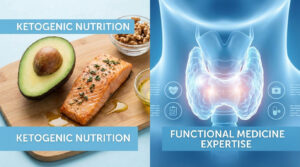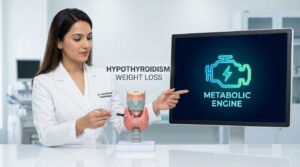They say “A little knowledge is a dangerous thing”. Most of the knowledge gained is based on what you hear and what you see. Facts are mostly results of careful observation and interpretation, or are practically proven and based on experience. “Alcohol damages liver” – A known fact worldwide. But how many of us are familiar with liver damage being a consequence of other aspects of lifestyle than just alcohol consumption? Liver- The largest organ of the body after skin, is an essential part of the organ system responsible for a wide range of vital Tunctions required for smooth working of the body. Yet this very important organ is vulnerable to the various habits we follow deviating away from healthy lifestyle The most common diseases associated with liver due to unhealthy lifestyle are – Alcoholic liver disease and Non-alcoholic fatty liver disease.








